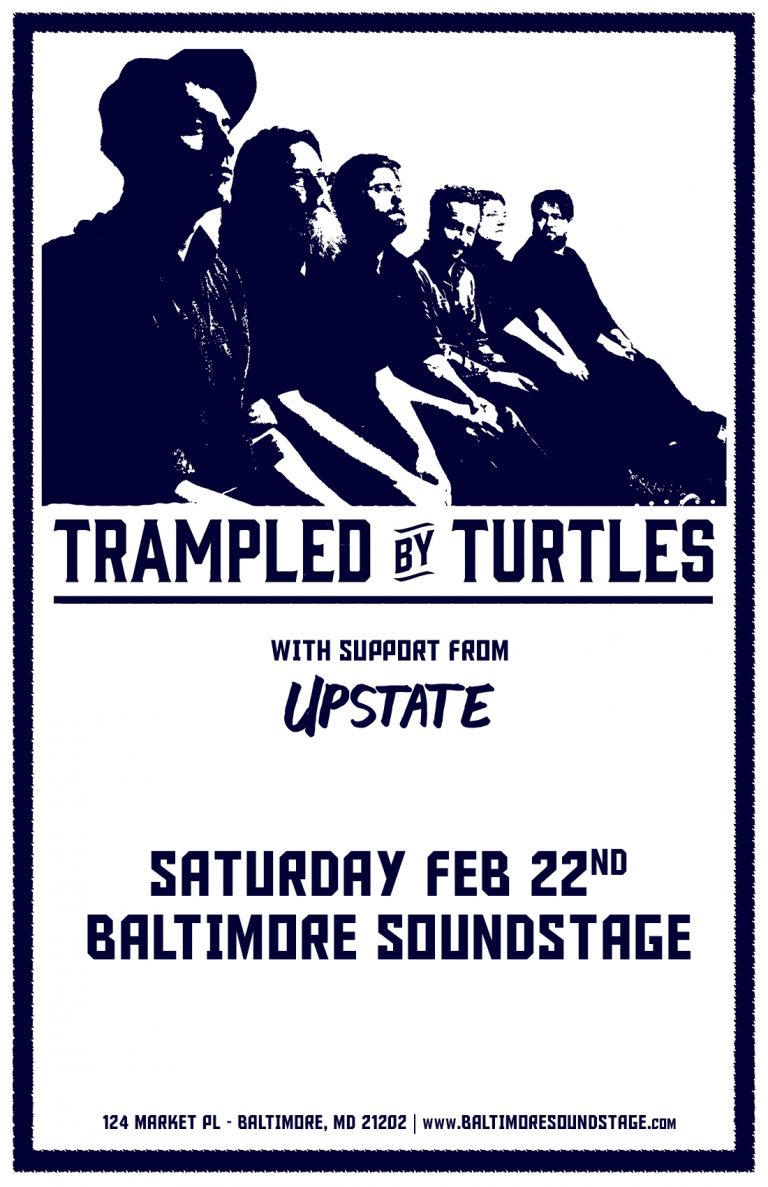
The crowd below them was sprinting to get as close as possible to the stage, in the grand tradition of “festival” or unreserved seating. A “happy crowd,” he said, not at all like the rabble that had disrupted previous “chain-saw concerts” there, like the Outlaws’ fighting crowd and Led Zeppelin‘s mob. Wood, who is general manager of the city’s premier rock station, WEBN-FM, remarked to Magid, who is head of Electric Factory of Philadelphia (one of the country’s leading rock promoters), that the crowd streaming onto the coliseum floor far below them for that evening’s Electric Factory-promoted Who concert seemed to be quite orderly. To see more, visit 91.7 WVXU.At about 7:15 on the evening of December 3rd, 1979, Larry Magid sat down to dinner with Frank Wood in the luxurious Beehive Club, a private club in the upper reaches of Cincinnati’s Riverfront Coliseum. Live Nation bills itself as "the world’s leading live entertainment company." It's also the group behind The Who's current The Who Hits Back! Tour.Ĭopyright 2022 91.7 WVXU. Texas later formed a task force to review concert safety. Wertheimer told NPR that given Scott's audience's track record at other shows, the concert organizers, Live Nation, should have anticipated there would be some dangerous crowd behavior. Three people were trampled and hospitalized at the same event - the Astroworld festival - in 2019 after concert-goers busted through barricades to get into the venue. Just last year, in 2021, eight people died and several hundred were injured when the crowd at a Travis Scott concert in Texas turned dangerous. And the fight is usually against bands, promoters, venues and others related to the event itself." "It's still a fight for crowd safety at live entertainment events. Speaking by Skype in 2019, he told WVXU problems persist. He now runs a crowd control consulting firm, Crowd Management Strategies. Paul Wertheimer was Cincinnati's public information officer at the time. Memorial Committee reports it has handed out tens of thousands of dollars in scholarships.ĭespite the events in 1979, industry experts say concert safety hasn't improved much.

The name, P.E.M., represents the last initials of Stephan Preston, Jackie Eckerle, and Karen Morrison.Īlso killed that day were: Walter Adams, Jr., Peter Bowes, Connie Sue Burns, David Heck, Teva Rae Ladd, Philip Snyder, Bryan Wagner, and James Warmoth. A portion of Sunday's concert proceeds will benefit the fund. Memorial and a scholarship fund for students at the high school they attended. Three of Hutchins' classmates died in the ensuing chaos. We did anything we could do just to just to go ahead and protect ourselves because, you know, our feet were off the ground at points," Hutchins describes. "We held off by, you know, just holding ourselves up against doors, against the bars. The crowd swelled and pushed, resulting in a crushing wave as only a few doors were opened. "The reason we got down there so early is because of the festival seating, we know it's first come, first served," Hutchins told WVXU in 2019. Hutchins was a 17-year-old high school senior in 1979, skipping school to see one of his favorite bands. On Sunday, the band takes the stage at TQL Stadium, less than two miles from the site of the crowd disaster.

That return, scheduled for April 2020, was postponed because of the COVID-19 pandemic. "And having said that, now, we'll just have to come." "What I want to say is that we'll be there," band member Pete Townshend told WCPO-TV. The concert was first announced in December 2019. I think we're all really excited to put this final chapter on just an amazing story." So, as a city, we will heal together," says Hutchins. "Spring forward 43 years and here we are - Pete (Townshend) and Roger (Daltrey) are coming to town (with) their band manager, Bill Curbishley, who are all looking for healing as well. Hutchins says the tragedy shouldn't be the last chapter. Guitarist Pete Townshend has said he regrets the decision to continue the tour in 1979. The band didn't learn of the deaths until after the concert. "We have a story to tell that started off very tragically, but we refuse to allow the last chapter to be the tragedy," he says. He helped bring The Who back to Cincinnati. John Hutchins was at the concert, and is part of a group that created a memorial scholarship honoring those who died. The city outlawed festival seating within a month of the incident. 3, 1979, some two dozen people outside were injured and 11 died in a chaotic crush to get through the doors. While The Who performed inside Cincinnati's Riverfront Coliseum on Dec. Rock band The Who returns to Cincinnati Sunday for the first time, more than 40 years after a tragic incident left 11 people dead.


 0 kommentar(er)
0 kommentar(er)
